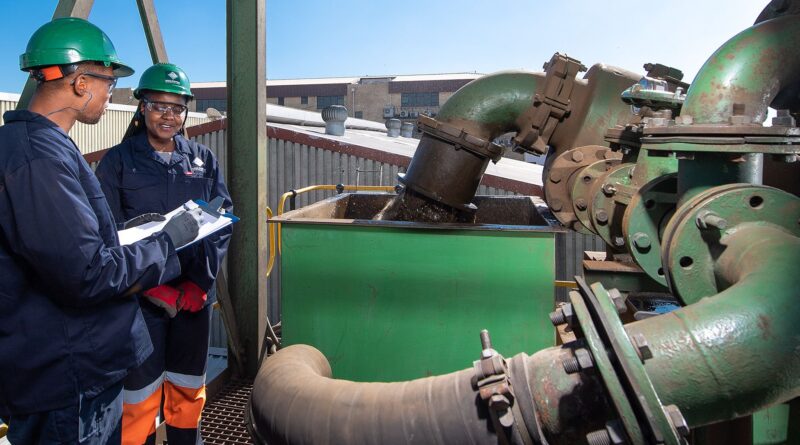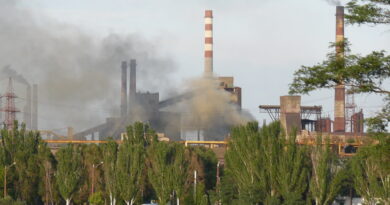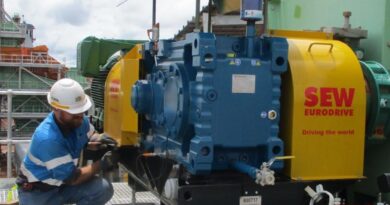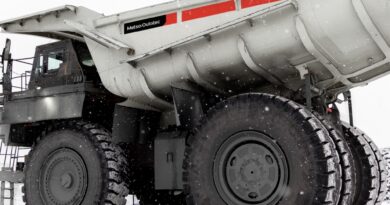Joining hands to advance mineral processing technology
The age of digital technology holds huge potential for equipment performance in the field of mineral processing, but equipment suppliers will make little progress if they work only on their own.
“The inclusion of today’s technologies in mineral processing equipment demands collaboration on an unprecedented level,” says Thomas Holtz, group chief executive officer of Multotec. “To begin with, we need outside specialists to help build digital technology into our existing products. But we also need to cooperate with other process equipment suppliers to ensure that we feed into common systems that make customers’ plants more efficient.”
He highlights the power of sensors, digital data communication and computer analytics to transform how mineral processes are monitored and optimised. Technology can make the plant a safer place and can run processes more efficiently. This includes monitoring wear life, helping mines plan for better maintenance and improve uptime.
“At Multotec, we have invested considerably in applying sensor technology – especially the use of accelerometers,” says Holtz. “The real work, however, comes with the management and interpretation of the data these sensors generate.”
For this reason, data analytics becomes the real value when applying this monitoring technology. He notes that this aspect of product development must generally be conducted with a specialist service provider over a long period of time. Even then, the process is usually arduous.
“Our technology journey to date shows how challenging it is to analyse the data we collect in a way that we can draw conclusions that are useful for our purposes,” he says. “It is relatively easy to monitor vibration levels on a bearing and to generate a trend line on a graph. It is less simple, for example, to automate an operational response to that information.”
Much progress has indeed been made, he says. Through collaboration with a technology partner, Multotec is developing a machine learning process to analyse vibration data from a cyclone. Based on this real-time data, an artificial intelligence server generates alerts related to pre-defined condition levels. He makes the point, though, that each equipment supplier can only monitor those functions within a process circuit in which their equipment performs.
“To fully leverage today’s digital technology, a plant manager needs equivalent information from every item of equipment operating in the circuit,” he says. “This full range of data – coming in from all the equipment – then needs to be synthesised to fully optimise the running of the plant.”
One immediate challenge is that most existing process plants were not built to accommodate the latest technologies. Especially under current cost pressures, retro-fitting entire plants is seldom an option. Sadly, there are not many greenfield operations being opened which may provide an opportunity to apply new ideas and equipment from scratch.
Prevailing mindsets are also an obstacle, argues Holtz. Most suppliers jealously guard their intellectual property, frustrating any attempt at collaboration.
“We need to work toward a new approach, in which each player brings some input based on their area of expertise,” he says. “Many small innovations – when combined – can produce significant progress, and generate a meaningful advance for our mining customers.”
He highlights that all the equipment in a plant needs to talk to a central system or ‘brain’ that will drive the innovation that mines are looking for. Only in this way can mines gain efficiencies through technology and become more sustainable. This, in turn, provides the foundation of success on which their service providers can thrive.
In conclusion, Holtz emphasises the importance of gradual and sustained technological progress. Many new technology ideas are met with unrealistic expectations, and people are disillusioned when these are not immediately realised.




